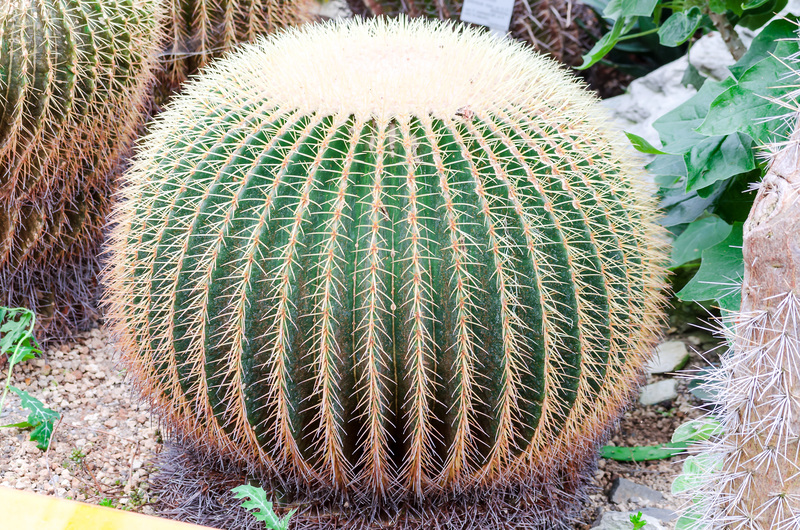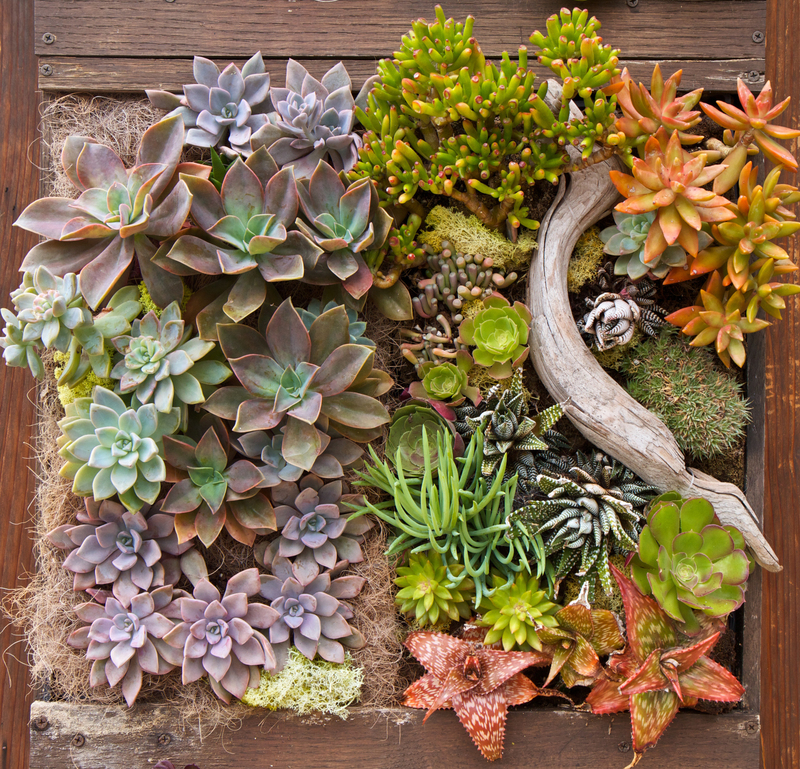The Dos and Don'ts of Caring for Your Orchid Plant
Posted on 18/09/2024

Orchids are one of the most beautiful and delicate flowers, known for their vibrant colors and unique shapes. They have become a popular choice for indoor plants, but caring for them can be a daunting task for many. With proper care and attention, orchids can thrive and bloom for years to come. In this article, we will discuss the dos and don'ts of caring for your orchid plant to ensure its health and beauty.
Dos:
1. Choose the Right Potting Medium: Orchids require a well-draining potting medium that allows good air circulation around their roots. Sphagnum moss, bark, or a mix of both are common choices for orchid potting. Avoid using regular potting soil as it retains too much moisture, which can lead to root rot.
2. Provide Adequate Light: Orchids need plenty of indirect light to thrive. Place them near a window that receives bright but filtered sunlight, or use artificial grow lights if natural light is not sufficient. Keep in mind that too much direct sunlight can damage their leaves.
3. Water Properly: Proper watering is crucial for orchids as they are sensitive to both over and under watering. Water them once a week, depending on the humidity levels in your home. Stick your finger about an inch deep in the potting medium - if it feels dry, it's time to water.
4. Fertilize Regularly: Orchids need essential nutrients to grow and bloom, so regular fertilization is important. Use a balanced fertilizer specifically formulated for orchids every two weeks during their active growth period.
5. Maintain Humidity Levels: Orchids require high humidity levels between 40-70%. To increase humidity, you can use a humidifier or place the pots on a tray filled with water and pebbles - just make sure the pots are not submerged in water.
6. Repot When Necessary: As orchids grow, they will outgrow their pots, and repotting will become necessary. Repotting should be done every one to two years to provide ample space for the roots to grow and allow fresh potting medium.
Don'ts:
1. Overwatering: As mentioned earlier, overwatering is a common mistake that can lead to root rot and ultimately kill your orchid. Make sure not to let the potting medium stay too wet for an extended period.
2. Excessive Fertilization: While fertilizers are essential for orchids, too much of it can do more harm than good. Excess salts from fertilizers can accumulate in the potting medium and damage the roots. Always follow the recommended dosage on the fertilizer label.
3. Ignoring Pests: Orchids can be susceptible to pests such as mealybugs, spider mites, and scale insects. Check your plants regularly for any signs of infestation and take immediate action if you notice any pests.
4. Neglecting Air Circulation: Proper air circulation is vital for orchids to thrive, so make sure they are not placed in a stuffy or humid area. Stagnant air can lead to fungal diseases and other issues.
5. Using Cold Water: Orchids prefer slightly warm water, so avoid using cold tap water directly on the plant as it can shock their delicate roots. Let water sit at room temperature before watering your orchid.
Tips:
1. Monitor Temperature: Most orchids prefer warm temperatures around 65-75?F during the day and a slight drop at night. Avoid placing them near cold drafts or heaters that can cause drastic temperature changes.
2. Prune Dead Parts: Remove any dead or damaged leaves or stems as they can attract pests and diseases.
3. Provide Adequate Support: Some orchid varieties need support to keep their stems upright while others require a structure for climbing. Use stakes or a trellis to support your orchid plant.
Takeaways:
Caring for orchids may seem intimidating, but it's not as difficult as it seems. With proper care and attention, your orchid plants can thrive and bloom for years. Remember to choose the right potting medium, provide adequate light and water, and fertilize regularly. Avoid overwatering, excessive fertilization, and neglecting pests and air circulation. Follow these dos and don'ts, along with our tips, to keep your orchid healthy and beautiful.
Conclusion:
Orchids are stunning plants that can add a touch of elegance to any home. By following the dos and don'ts mentioned in this article, you can ensure that your orchid plant stays healthy and thrives for years to come. Remember to choose the right potting medium, provide enough light and water, fertilize regularly, and repot when necessary. Avoid common mistakes like overwatering, excessive fertilization, ignoring pests, neglecting air circulation, and using cold water. With proper care, your orchid will reward you with beautiful blooms year after year.


